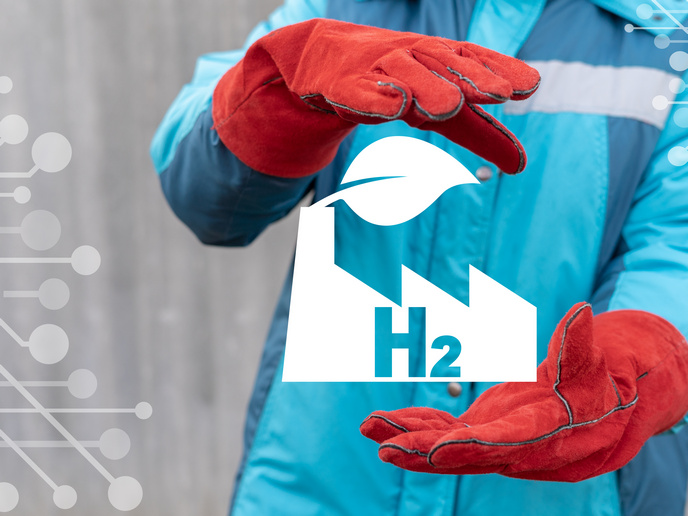Novel superhard protective coatings
Superhard materials (SHMs) are so classified based on a scientific test to determine their ability to withstand indentation or deformation in response to a standardised force. As a result of their unique properties, SHMs are particularly useful in machine tools, engine parts, gas turbine blades and the like where moving parts create high friction or function in hot, corrosive environments. The most well known and widely used SHMs are diamond and cubic boron nitride (CBN), although their instability at very high temperatures limits their applicability. Given that nano-structured materials often exhibit enhanced properties compared to bulk materials and that molecular defects in bulk materials can lead to fractures, nano-structured SHMs have been gaining increasing interest. European researchers supported by funding of the ‘Deposition of super-hard nanocomposite films by plasma processing’ (Deshnaf) project sought to enhance fundamental knowledge about nano-structured SHMs and to improve the properties of nanocomposite film coatings applied via various deposition methods. in particular, researchers focused on two families of SHMs (one containing two hard phases and one containing a hard and a soft phase) and three deposition techniques, namely physical vapour deposition (PVD), plasma-assisted chemical vapour deposition (PACVD) and plasma-assisted physical vapour deposition (PAPVD). deshnaf investigators evaluated the superhard nanocomposite film coatings for temperature stability, oxidation resistance and other properties associated with motion such as friction and wear. In addition, they evaluated process parameters for optimisation. deshnaf project results could provide an alternative to conventional SHMs such as diamond and CBN as well as enhance the future development of superhard nanocomposite film coatings with superior properties given better understanding of typical deposition processes. Commercial exploitation has the potential to positively impact numerous industrial sectors thus enhancing the EU economy and stimulating production of superior performance components.







